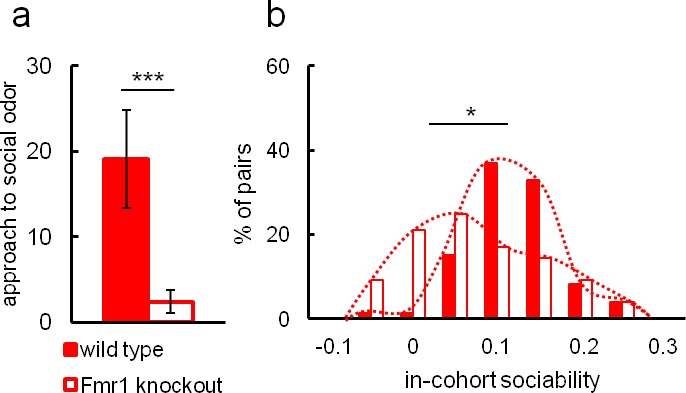Figure 4. Social impairment of Fmr1 knockout mice compared to wild-type control measured in Eco-HAB.

Fmr1 knockouts, n = 22. Wild-type controls, n = 10. (a) Odor-based social preference in the Eco-HAB system defined as the increase in proportion of time spent in the compartment with social odor during the first hour after its presentation, divided by the proportion of time spent in the compartment with non-social stimulus. Histogram (b) shows the distribution of in-cohort sociability for all pairs of knockout and control animals. Data are mean values and error bars represent SEM, *p<0.05, **p<0.01, ***p<0.001 (Mann-Whitney U-test).
DOI: http://dx.doi.org/10.7554/eLife.19532.018
